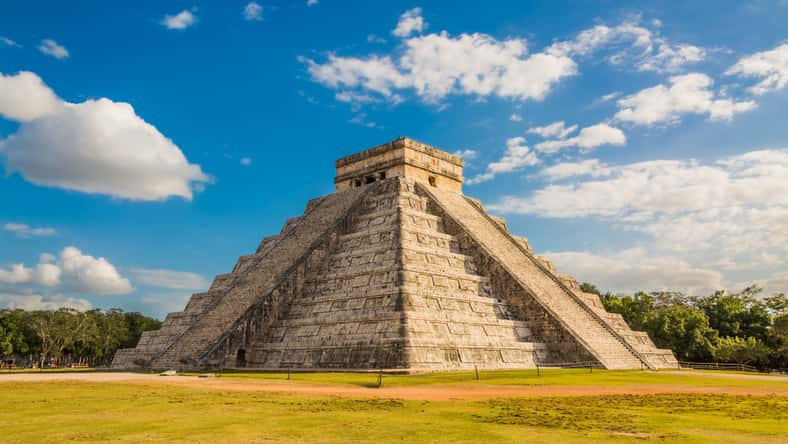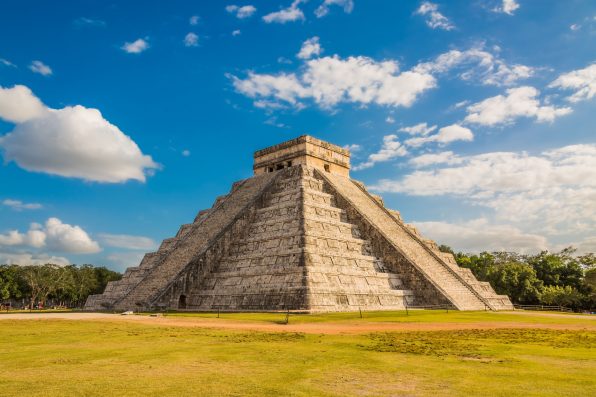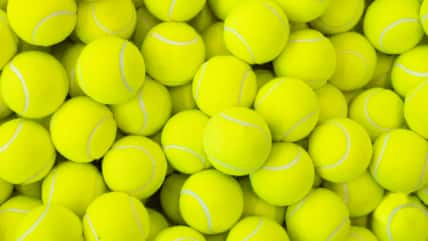The Ancient Remains Of 64 Children Were Found In Mexico’s Yucatán Peninsula, And Genetic Analysis Suggests The Maya May Have Preferred To Sacrifice Boys Over Girls

Ritual sacrifices played a vital role in Maya culture. The ancient Maya sacrificed both animals and humans due to the belief that they were offering nourishment to the gods.
The practice was also meant to bring good fortune, ensure the growth of crops, and maintain order in the cosmos. When it came to human sacrifices, the ancient Maya actually may have preferred sacrificing boys over girls.
Children’s remains were found in Mexico’s Yucatán Peninsula, where the ancient city of Chichén Itzá once stood. The city is best known for producing evidence of ritual killing that occurred between 800 and 1000 A.D.
Researchers from the Max Planck Institutes of Evolutionary Anthropology and Geoanthropology, Harvard University, and other institutions based in Mexico analyzed the remains of 64 children who were unearthed from an underground chamber near the Sacred Cenote.
The chamber was used as a water storage system, but later on, it was repurposed as a cave for long-term ritualistic use over a period of 500 years.
It contained remains dating back between 800 and 1500 C.E. Genetic analysis revealed that all the children were male, debunking previous beliefs that females were favored for sacrificial purposes.
“Early 20th-century accounts falsely popularized lurid tales of young women and girls being sacrificed at the site,” Christina Warinner from Harvard University said. “This study turns that story on its head and reveals the deep connections between ritual sacrifice and the cycles of human death and rebirth described in sacred Maya texts.”
There are several factors that point to the chamber as a burial site for sacrificial rituals, such as how close the male children were in age, the amount of genetic similarities they shared, their near-identical diets, and the fact that they were buried in the same place for more than two centuries.
Around one-quarter of the boys had a brother or other close relative among those who were sacrificed. There were even two sets of identical twins.

memotlacuilo – stock.adobe.com – illustrative purposes only
Chemical analyses of the children’s bones found that the boys had eaten similar types and proportions of food, indicating that they grew up in the same households. Based on their tooth development, the children ranged in age from three to six.
The twins were likely chosen for the sacrifice as representatives of the Hero Twins, powerful mythological figures from the Maya spiritual text, the Popol Vuh.
The document was written in the 1550s and details the story of the Hero Twins, who came back to life after a series of sacrificial deaths to take revenge on the underworld gods for the murders of their father and uncle.
It is unclear why the sacrificial ritual took place. However, the new findings align with prior theories that the children were sacrificed to ensure the growth of maize or to appease Chaac, the Maya rain deity.
Sign up for Chip Chick’s newsletter and get stories like this delivered to your inbox.
More About:News





